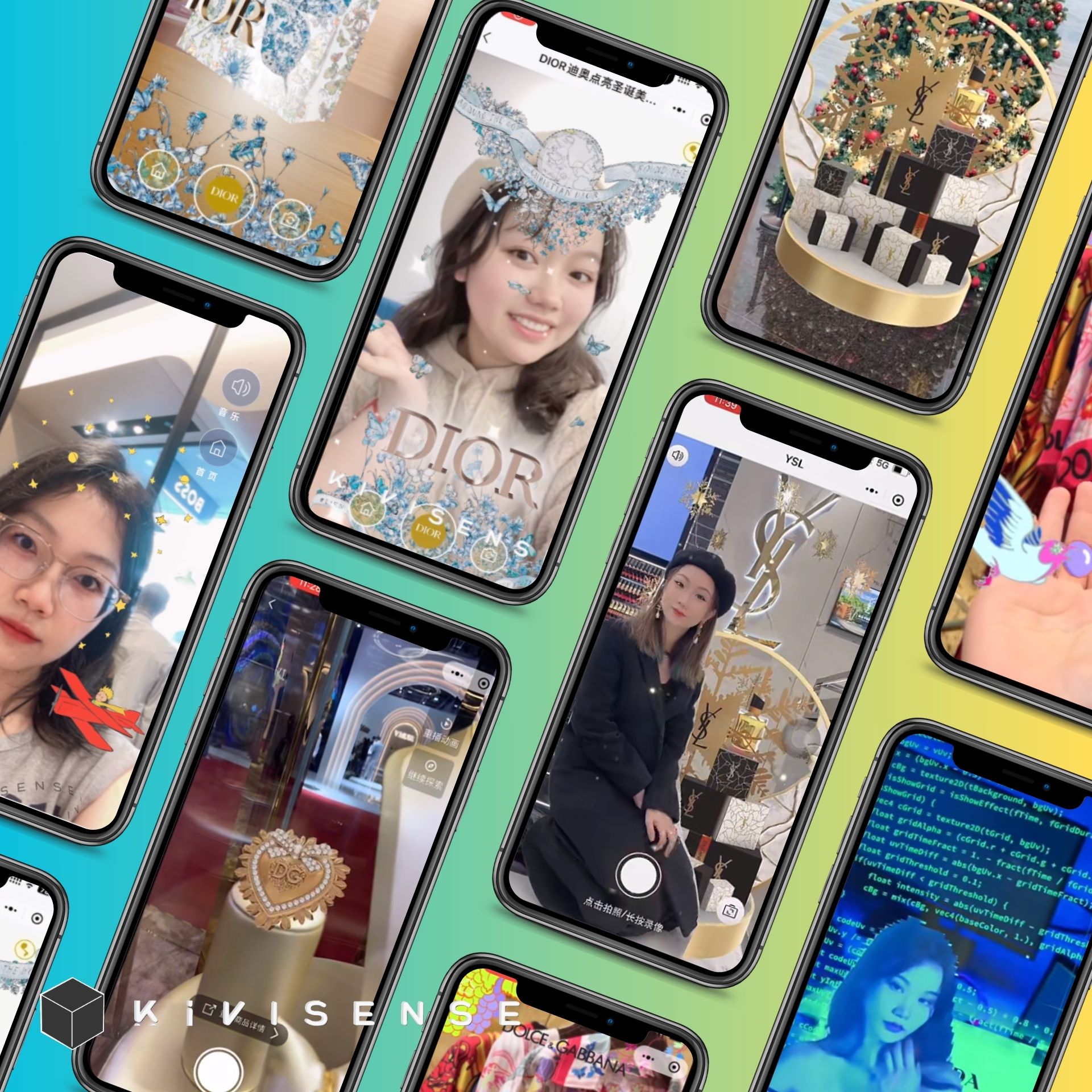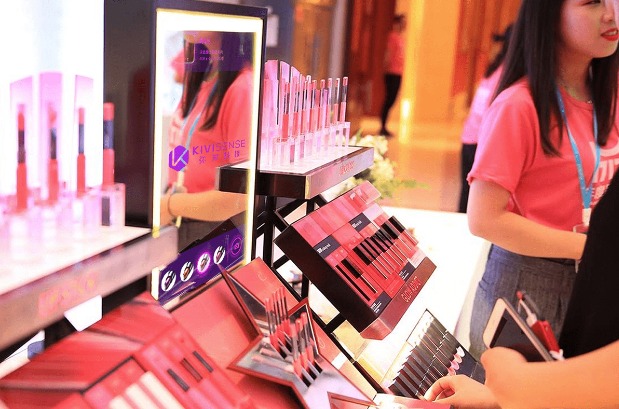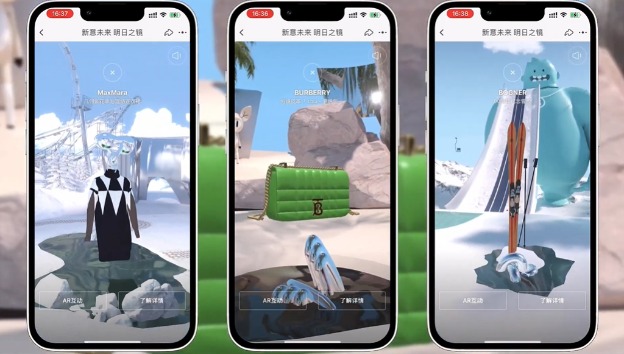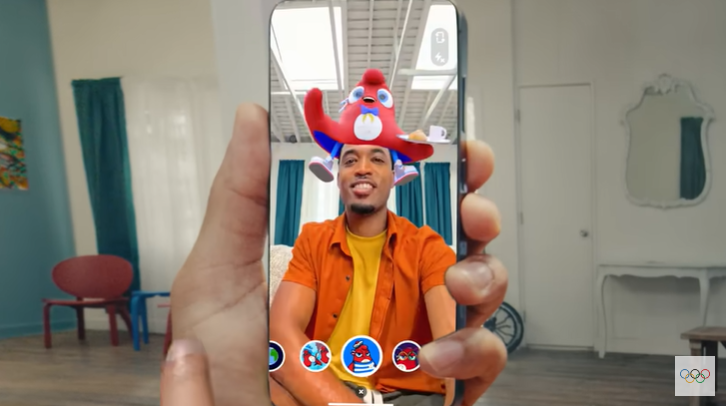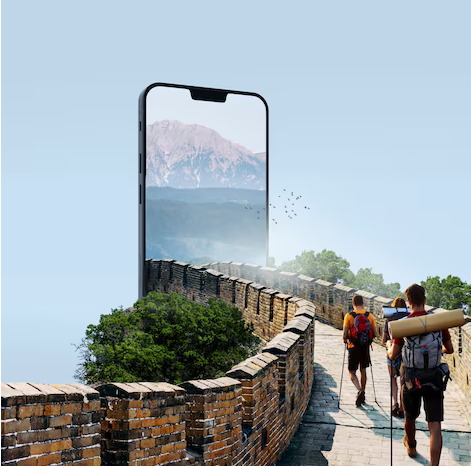AR filters changed how people interacted with social media and brands. From fun selfie effects to immersive product experiences, AR filters presented a robust channel to amplify user interaction and engagement. Starting from connecting audiences to their brands in various ways, brands use AR filters today for several reasons.
In this article, we examine the importance and benefits of AR filters and how several of the world’s most prominent luxury brands have utilised them to engage customers better.
Importance of AR Filters
These filters have grown in popularity because they are far more interactive and engaging than general forms of digital content. Users apply these filters to their photos and videos in real-time, digitally changing their appearance or surroundings. Whether adding cute ears from an animal or trying on a virtual pair of sunglasses, AR filters obscure the line between the digital and physical worlds.
This gives brands a grand avenue to offer more than just an ad. It is to provide an experience where users want to share their moments with friends. User-generated content brings organic growth in its wake, which aids in expanding brand awareness.
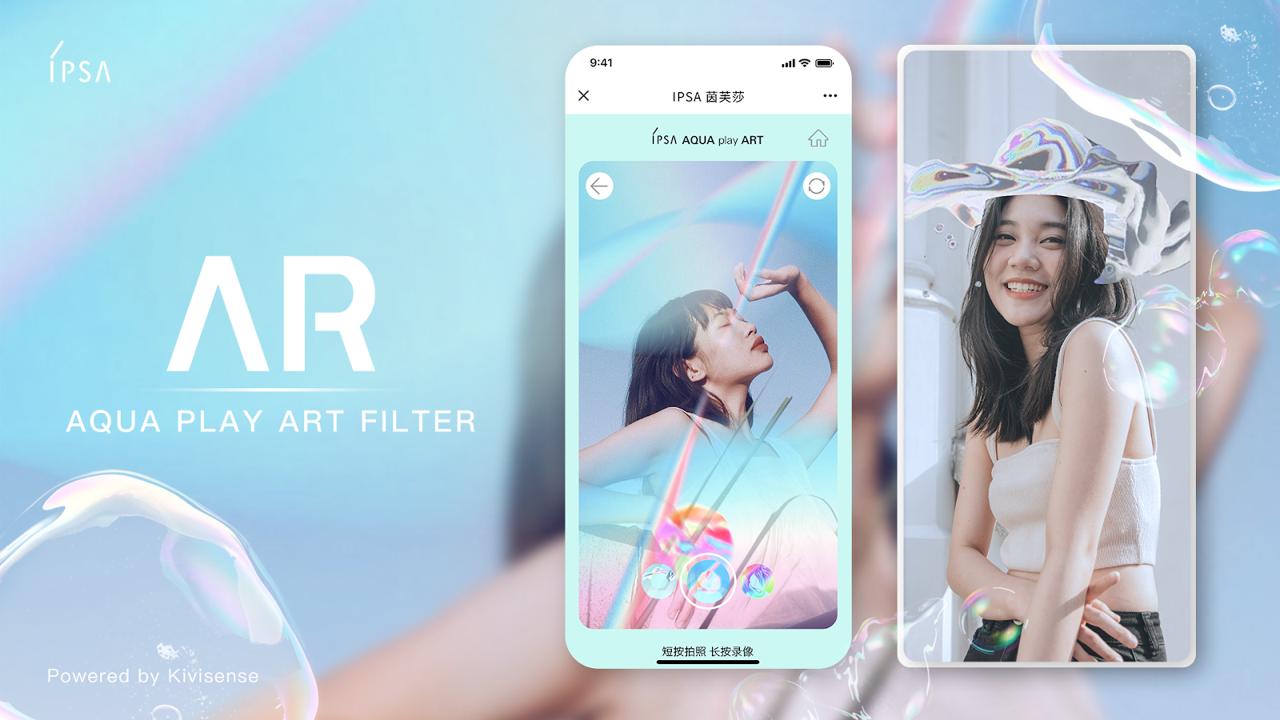
How AR Filters Work
While fundamentally working, the core of the AR filters uses computer vision technology to map out facial features, environments, or objects in real time. Once identified, critical points like the eyes or the mouth on a face or the dimensions of an object can be layered with digital effects. Lets
- Face Detection: The filter scans and then detects facial features such as the eyes, nose, and mouth. Thus, it allows for the effective positioning of digital overlays.
- 3D Modeling: To create advanced effects, 3D modeling technology develops digital objects such as glasses, hats, or makeup effects that naturally fit onto the user’s face or surroundings.
- Real-time rendering: This is the last step, where the filter is shown to be rendered in real-time, moving and adjusting with the user. The result of such an integration is seamless; hence, the experience feels lifelike and immersive.
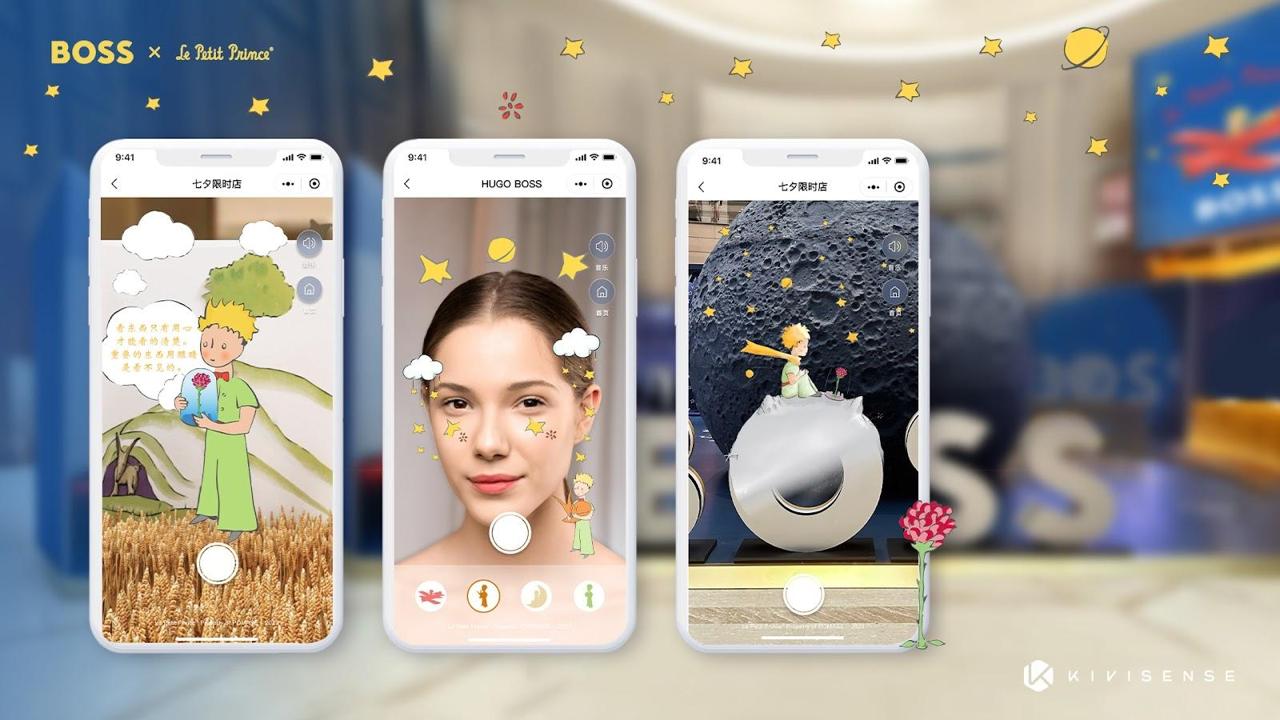
Benefits of Using AR Filters
Using AR filters brings additional brand value, especially from marketing and user engagement. Let’s break down some of the most compelling advantages:
Enhances user engagement
AR filters allow users to interact more with content, such as trying on virtual outfits or using creative effects. The more fun it is, the longer people will stay. And the longer they wait, the greater the emotional affinity for the brand.
Boosts brand awareness
Whenever users share AR-filtered content, they act as ambassadors for the brand. It helps create a viral effect that makes the brand reach a giant circle and gain more visibility.
Increases User Interaction and Sharing
AR filters make content fun and interactive, and users want to share it on their networks. This leads to organic brand promotion, as users invite other people to engage with the brand.
Improves Customer Experience
AR filters enable customers to try on products virtually, making shopping very convenient. This, in turn, would make the experience easy and enjoyable without necessarily visiting a physical store.
Popular Platforms for AR Filters
AR filters are most associated with social media platforms. Some of the platforms where AR filters have become integral to both users and brands alike are listed below:
A. Instagram
Instagram’s “Stories” feature integrates augmented reality filters, enabling users and brands to create unique and personalized experiences. Brands can create filters that users can explore, try on, and share. Instagram is among the favorite platforms that brands use when trying to reach and involve their audience with AR. Some famous AR filters are:
- AR Sunglasses: This allows users to gauge styles of virtual sunglasses, which is preferred by fashionable people.
- Which Disney Are You? This viral filter picks a Disney character for the user, and the user has to guess what character it is.
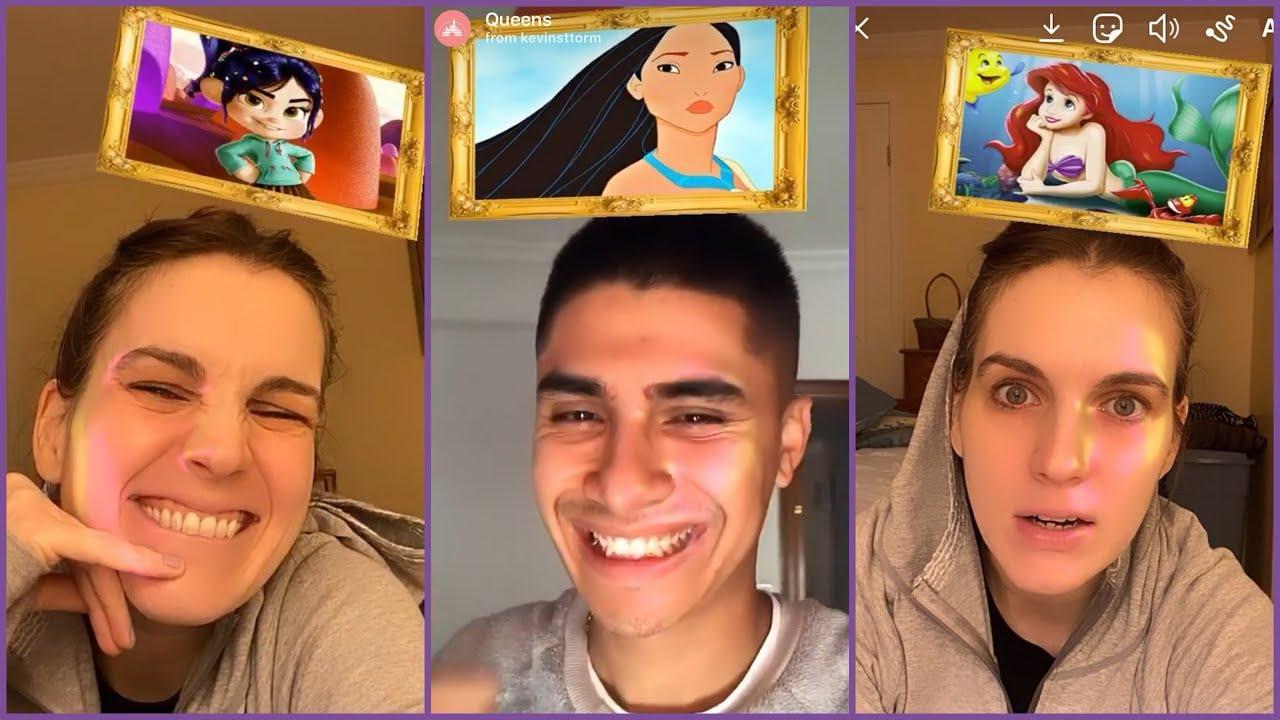
B. Snapchat
Snapchat is one of the popular platforms that introduced AR filters as lenses. Snapchat’s Lenses let users put on fun and transformative filters that change their look or surroundings in real time. Thus, Snapchat remains at the forefront of using AR for social engagement and brand promotion. Some famous viral examples are:
- Dancing Hotdog: It was one of the most iconic Snapchat lenses, putting a dancing hotdog in users’ environments.
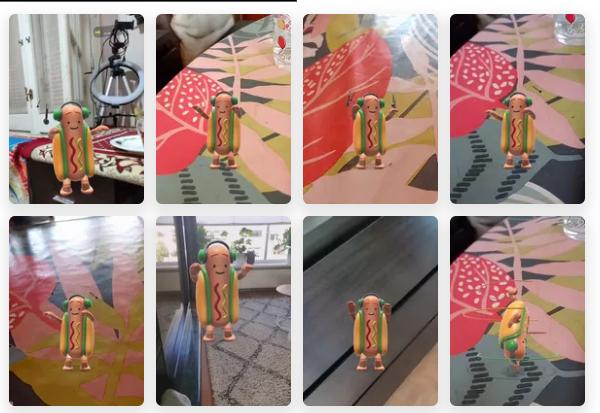
Source: snapchat
Comic World Lens: This is a viral lens that turns the user’s environment into a comic book-like world in a fun, visually appealing manner to the user.
Face Swap: A lens that would switch faces with friends, celebrities, or any image; thus, this would be one of the most shared and interactive lenses on Snapchat.
C. Facebook
Facebook has added augmented reality filters to its primary app and Messenger. These filters can do most of what the ones on Instagram can do, except for letting brands create experiences exclusively for audiences. These AR filters were created using Spark AR Studio, the tool Facebook previously applied when developing these filters. It allowed users, brands, and developers to design their own AR experiences for both Facebook and Instagram. However, with Spark AR Studio recently being shut down, the future of custom AR filters on these platforms remains uncertain.
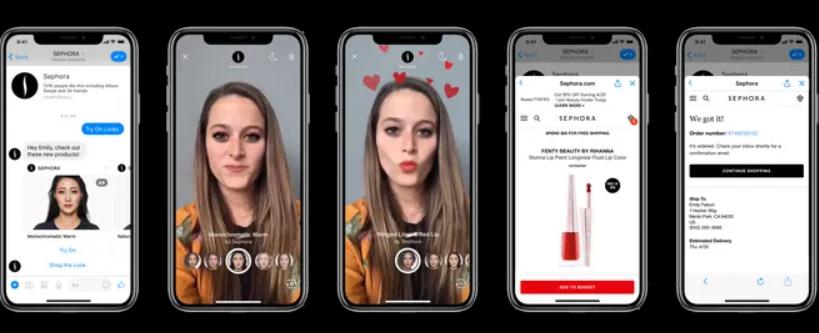
- Sephora launched a Facebook filter that allows users to try on a number of makeup products, including facial makeup, lipstick, eye makeup, and blusher. It offers an engaging shopping experience that allows users to see how particular products would look on their complexion and figure.
D. TikTok
TikTok is an online platform that has gained popularity for its short-term video content. It has also used AR filters to let users choose filters from a wide range. Using AR filters makes the videos entertaining and interactive on TikTok. Brands can also use AR filters on TikTok to create viral challenges that help increase engagement and build brand visibility. Here are two examples that show how this platform using augmented reality ;
- Fenty Beauty’s Shade Match: This AR filter enables users to test various shades of Fenty Beauty’s foundation without applying it to their face. It went viral because of its utility and the appeal of the brand, and thousands of videos of users testing the product and interacting with the brand were created.
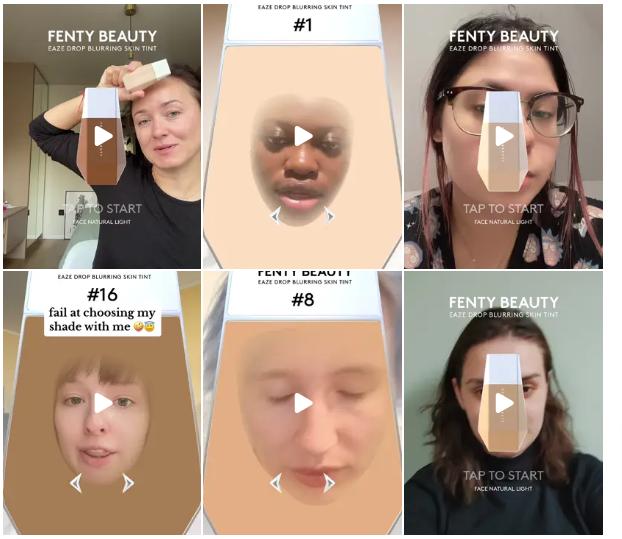
Source: Tiktok
- Brow Finder by L’Oreal Paris: This AR filter helps people find the most suitable eyebrows and see how different options will look on them. It became viral, with people, including influencers and ordinary users, making videos that revealed new appearances.
Luxury Brands and AR Filters: Successful Use Cases
1. Dior
For the first time, Dior could use augmented reality in 2023. It enables customers to unlock an immersive festive experience through a scan of holiday packaging. This filter can allow users to create an immersive environment with flying butterflies around them at this time of the year. On the flip side, it captured the user with these digital butterflies in front of the camera. It made this holiday season a little magic, with Dior connecting to its audience in unexpected and memorable ways.
2. Loewe
Loewe ran an AR campaign for the Qixi Festival, otherwise known as Chinese Valentine’s Day. The brand designed three AR filters representing love: butterflies, hedgehogs, and stars. These filters enabled users to take unique pictures in dual-shot mode with a partner or solo shots. The filters were launched as a part of Loewe’s campaign dedicated to Chinese folklore and love. The filters were available on WeChat, enabling the brand to attract more users’ attention and visits to the stores to demonstrate how AR combines cultural narratives and contemporary technologies.
3. Dolce & Gabbana
Dolce & Gabbana launched the new AR filter for their campaign in the most innovative way: launching its latest collection with a strawberry theme for this Valentine’s Day season. This filter will surely reflect the fresh and playful mood of the season, interacting with their products light-heartedly. Dolce & Gabbana also used this entertaining, visually appealing filter to capture the users’ attention and provide an experience that can be shared and passed on through organic content with ease.
4. Hugo Boss
To celebrate the Qixi Festival, Hugo Boss combined augmented reality filters into the in-store experience using AI recognition technology. The BOSS logo could have prompted consumers to activate AR filters inspired by the story “The Little Prince.” Certain filters could take subscribers to a virtual world matching the festival’s theme, which again has made the romance of the occasion just unique. Participants in it get exclusive presents making the interaction even more fun and rewarding. This brew of physical and digital engagement built an exceptional shopping experience for Hugo Boss.
Best Ways of Implementing AR Filter
But to make the most of this new frontier, there are several things that brands need to keep in mind. In this regard, the following are some best practices for successful AR filter implementation:
Consider Target Audience Preferences
Understanding your target audience’s preferences is key to crafting resonating filters. Designers should consider age, interests, and social media use when creating visually attractive and interactive filters.
Design Visually Appealing Filters
Filters must look nice, appeal to the eye, and resonate with the brand. They might have a modern, slick look and feel for a fashion house or bright, colorful cosmetics; it’s all about aesthetics that beg the user’s eye.
Monitoring performance metrics
Performance tracking of AR filters concerning their engagement rate, shares, and users’ generated content will provide insight into whether they perform as desired or not. It can also help you further tune future efforts so that the filters may be set up for maximum performance.
Collaborate with Influencers for Promotion
Influencer marketing can also amplify the reach of AR filters. Influencers are best positioned to show the filters in action, encourage their followers to engage with them and give any brand visibility through earned media.
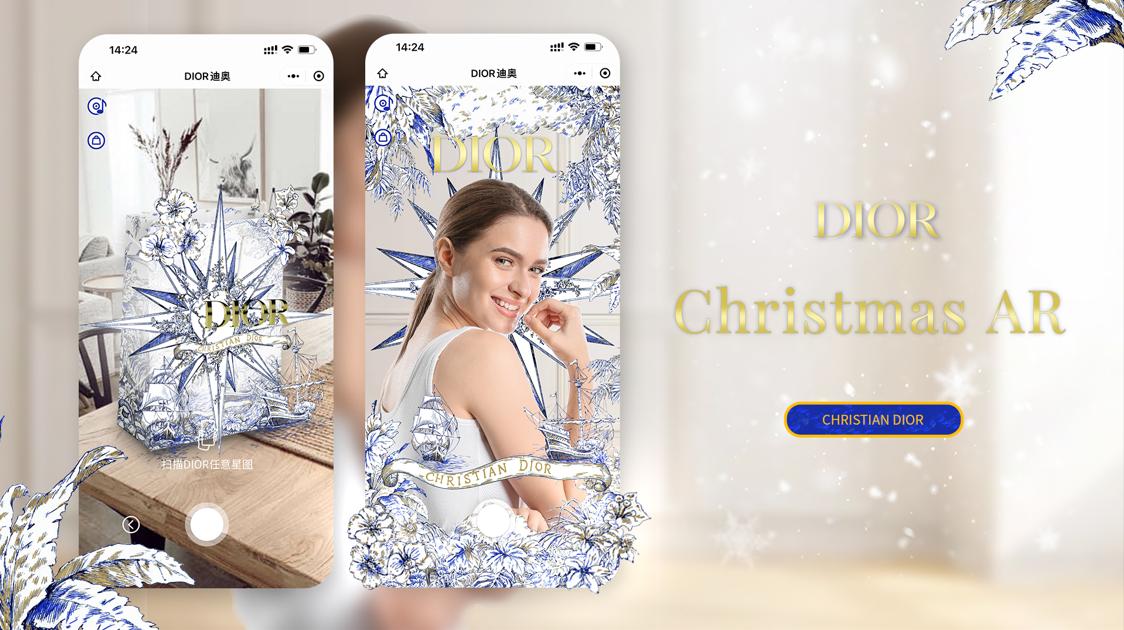
DIAR’s Christmas AR wonderland is an excellent example of how Kivisense, an agency in AR, assists in increasing your brand’s visibility through tech and creative filters. So, let’s design and develop some great AR content that will capture your audience’s attention!
Conclusion
New AR filters are developing to allow brands to express themselves to audiences in new ways. AR filters raise user engagement by offering interactive, customized experiences that improve brand awareness and create memorable interactions. Dior, Loewe, Dolce & Gabbana, and Hugo Boss have proven that AR filters can change digital marketing rules.
As a marketer or a brand, bringing in AR filters can unlock phenomenal opportunities to grow and engage further. The future of digital interaction is here, and AR filters are leading the way from the front.
See how AR filters raise your marketing game to another level and engage your audience like never before! Connect with our team today to get started.

